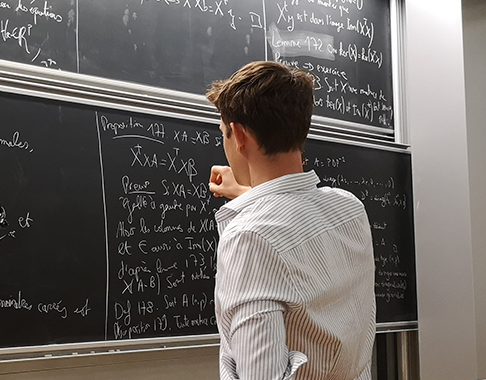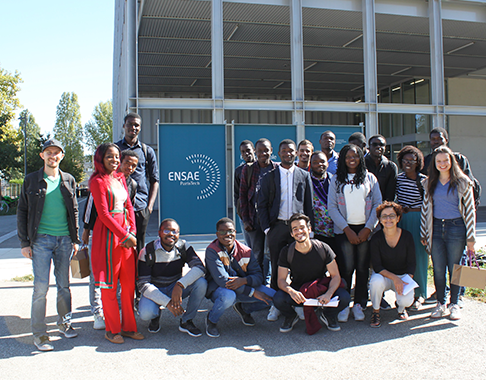Introduction to Statistics
Teacher
LERASLE Matthieu
Department: Statistics
ECTS:
3
Course Hours:
18
Tutorials Hours:
18
Language:
French
Examination Modality:
écrit+CC
Objective
This course introduces the notion of a statistical model as well as the basic principles and concepts of estimation and testing. These principles will be developed in particular within the framework of the multiple linear model, whose use is central in econometrics. Concrete examples and simulations will be used to highlight the properties of the statistical objects studied and to showcase the use of information processing methods in the school’s main fields of application (economics, finance, but also biostatistics, image processing, for example).
Key skills acquired: by the end of the course, students will be able to
Determine a statistical model from a dataset
Use linear or multinomial models in concrete problems
Estimate the parameters of these models
Carry out statistical tests in simple cases
Assessment:
The final grade will be the average of the continuous assessment grade (50%) and the final exam grade (50%). The continuous assessment grade is the average of the grades for TP/TD reports. Any unjustified absence from a TP/TD will result in a penalty of half a point (out of 20) on the continuous assessment grade per session.
Planning
1- Descriptive statistics for univariate and multivariate data, PCA, and implementation in R.
2- Basics of statistical inference: statistical model and fundamental problems, estimation, confidence region, and hypothesis testing.
3- Linear model: estimation by least squares, variance estimation under Gauss–Markov assumptions, tests and confidence regions in the Gaussian linear model.
References
Wasserman L. (2004) All of Statistics, Springer [21 WAS 00 A]










